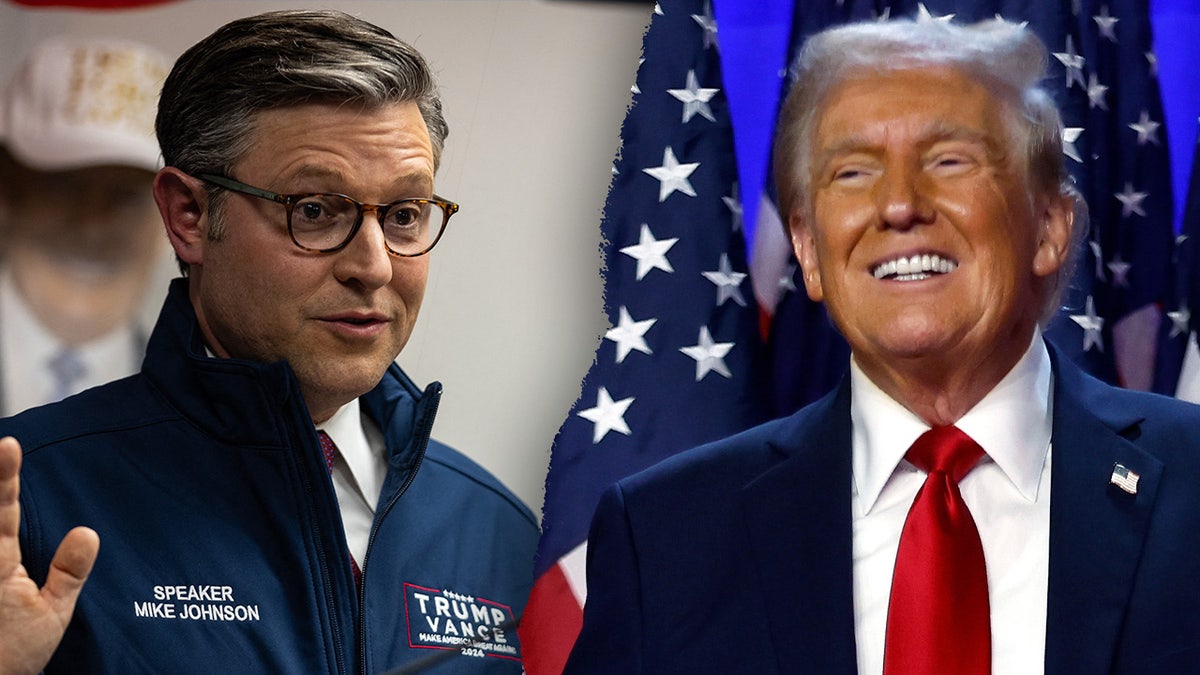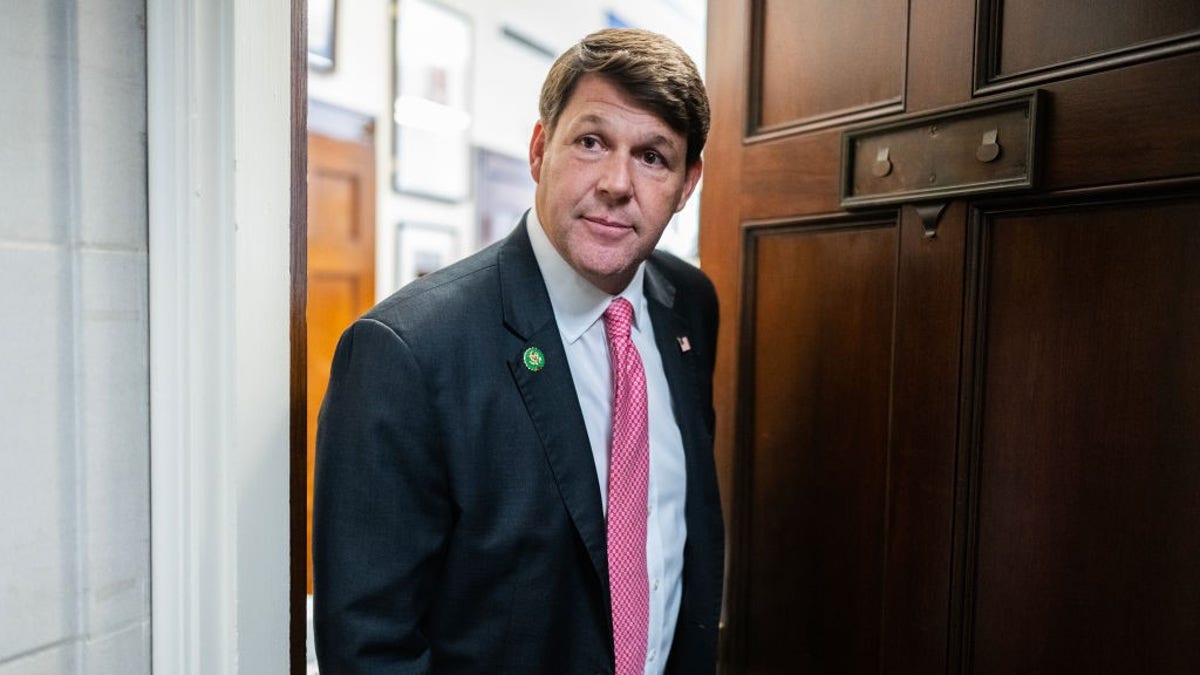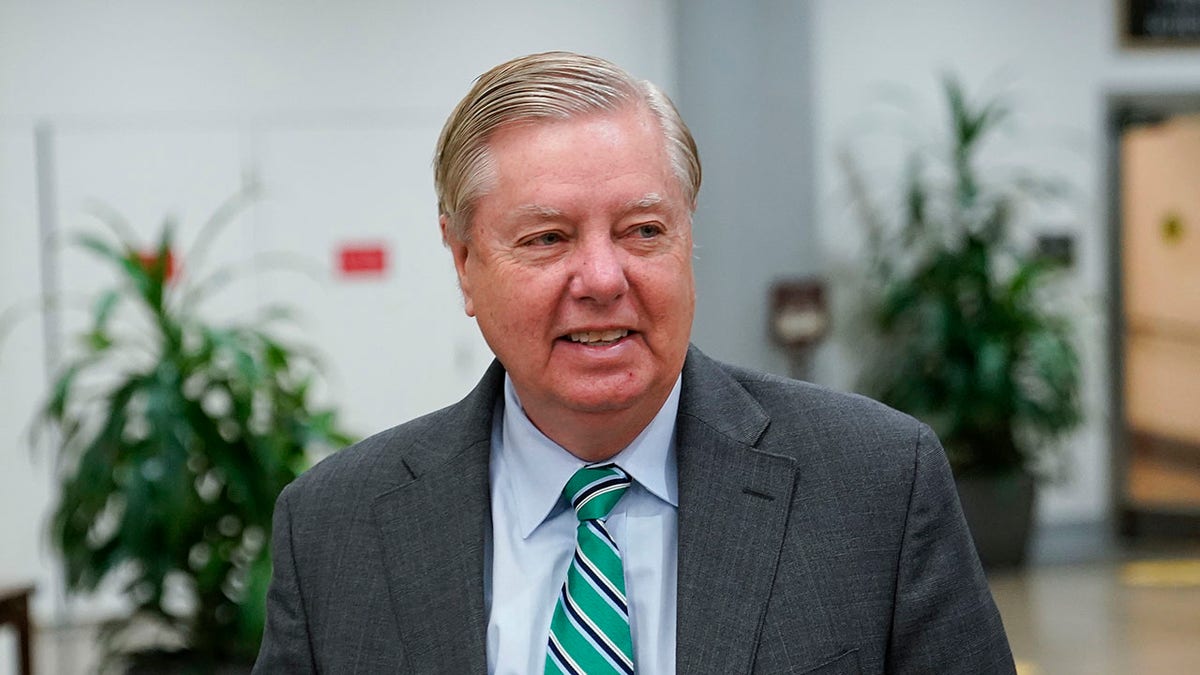Republicans in the House of Representatives have taken a significant step forward in their efforts to enact President Trump's budget priorities. The House Budget Committee approved a resolution that outlines substantial spending cuts and extends key tax provisions. This resolution directs committees to identify at least $1.5 trillion in spending reductions, while allocating $300 billion for border security, national defense, and the judiciary. It also addresses the debt limit with a $4 trillion allocation and extends the 2017 Tax Cuts and Jobs Act, along with other Trump-backed tax measures, for a decade with a $4.5 trillion provision.

This legislative maneuver utilizes the budget reconciliation process, enabling Republicans to pass these measures with a simple majority in the Senate, bypassing the need for Democratic support. This strategy is crucial given the GOP's slim majorities in both chambers. However, the path forward is not without its challenges. Conservative members within the House Budget Committee sought assurances of deep spending cuts to offset the cost of the tax extensions. An amendment was introduced to address these concerns, linking the tax allocation to the amount of spending cuts achieved. If cuts reach $2 trillion, the tax allocation remains at $4.5 trillion. If cuts fall short, the tax allocation is reduced accordingly. Conversely, exceeding the $2 trillion target in spending cuts would increase the amount allocated for tax reductions.

This development follows a delay in the committee vote last week due to disagreements over spending cut targets. The Senate has already passed its own version of a budget plan, which is more limited in scope. It includes funding for border security and defense but defers the tax cut extensions to a separate legislative package. House Speaker Mike Johnson has rejected the Senate's approach. While the House's passage of the budget resolution marks a significant milestone, it's just the beginning of a complex legislative journey. The resolution instructs various committees to identify specific cuts and policy changes within their respective jurisdictions. These proposals will then be consolidated into a single comprehensive bill. Furthermore, the House and Senate must reconcile their differing versions and pass identical legislation before it can be sent to President Trump for his signature. The narrow Republican majorities in both chambers underscore the need for party unity to ensure the bill's final passage.









